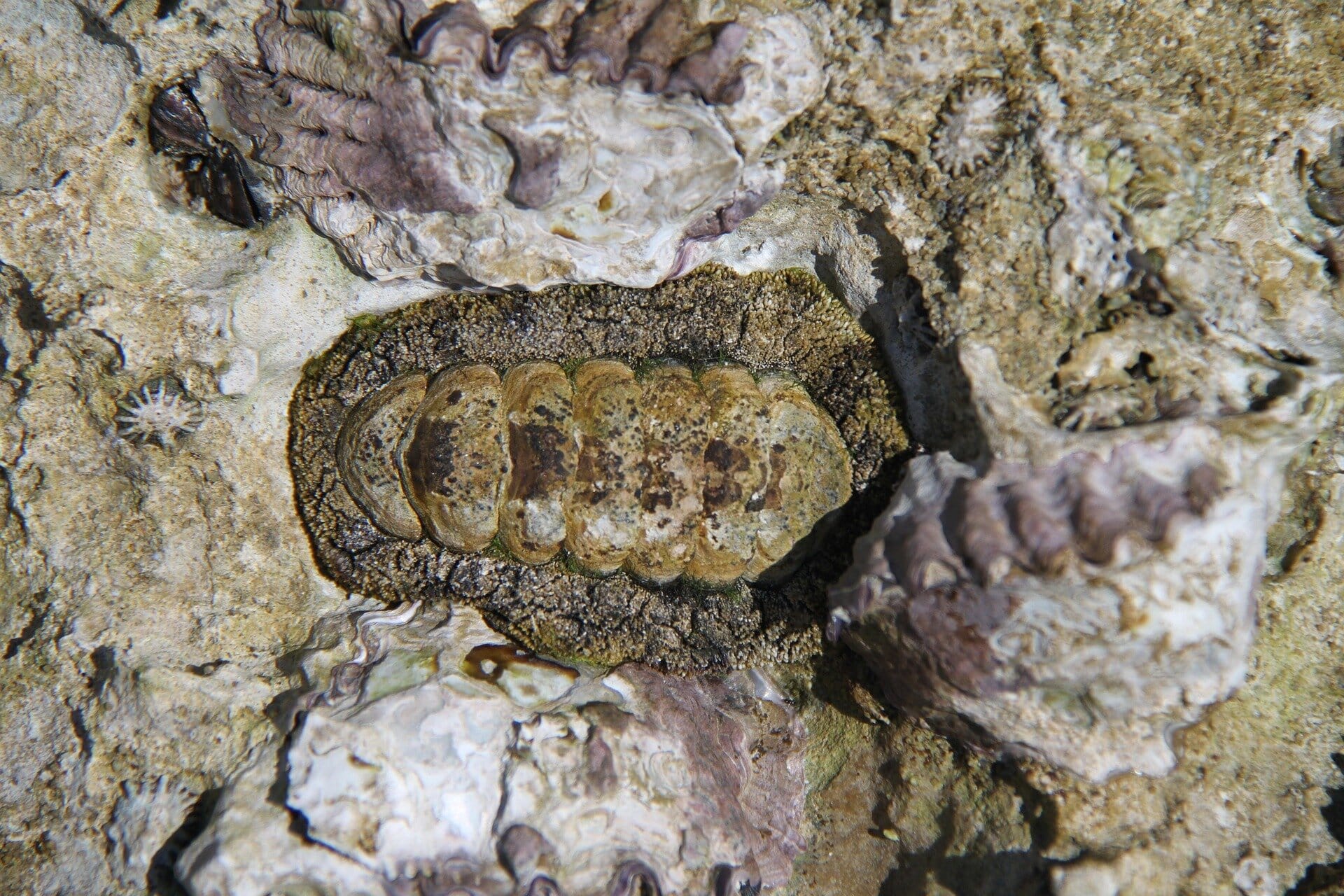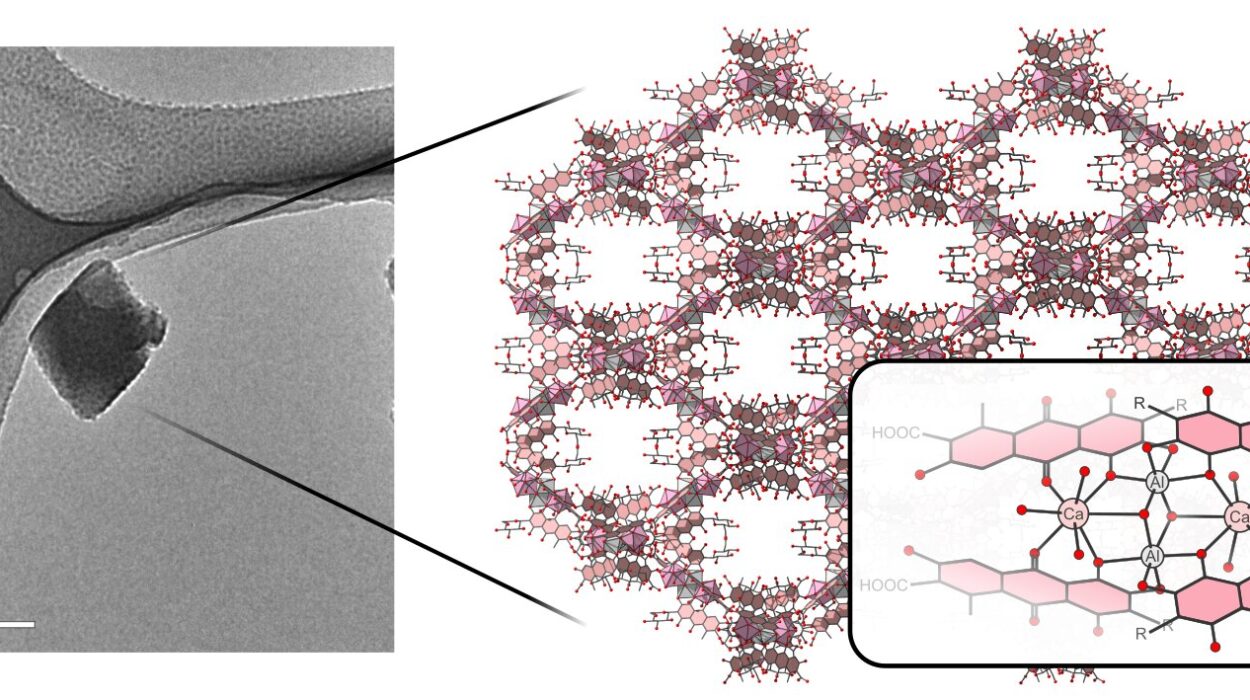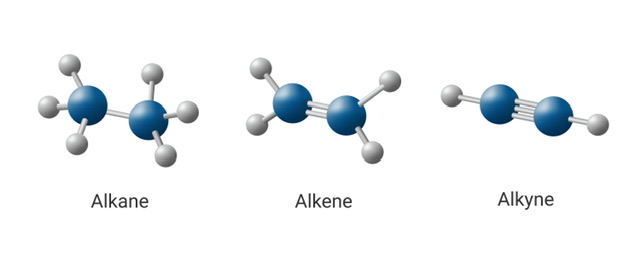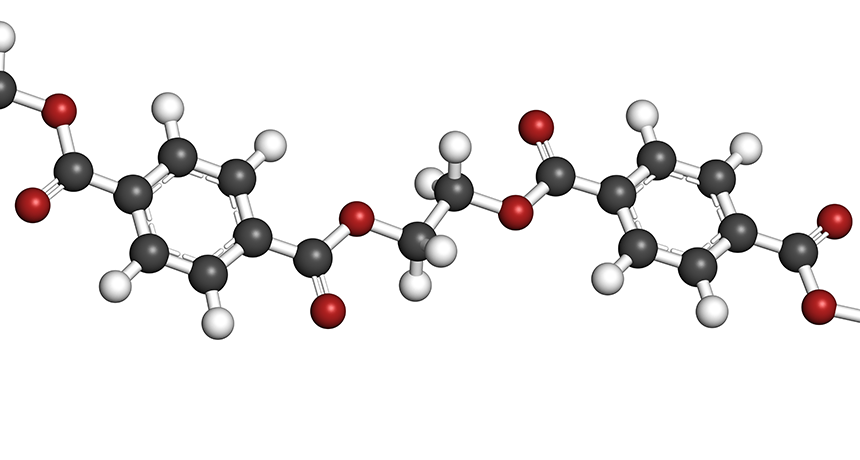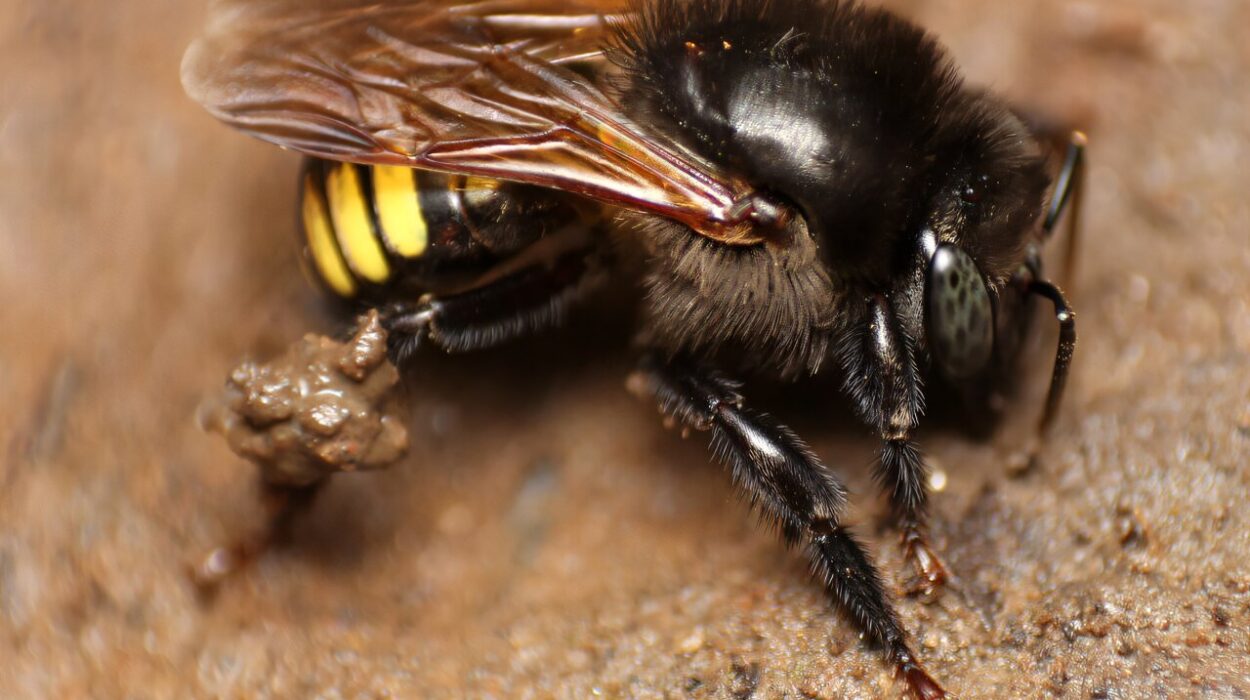In the wave-swept intertidal zones where ocean meets rock, an ancient group of mollusks called chitons quietly perform one of nature’s most remarkable engineering feats. These unassuming, armor-plated grazers scrape algae from stone using teeth so strong they put our toughest human-made materials to shame. Now, for the first time, scientists have uncovered the molecular secrets behind this superlative biological construction — and their findings could inspire a new generation of advanced, eco-friendly materials.
The groundbreaking research, published in Science, is the result of a collaboration between scientists at the University of California, Irvine, and Japan’s Okayama and Toho universities. By blending cutting-edge materials science with molecular biology, the team has revealed how chitons grow teeth that are not only harder than human enamel, but also harder than high-carbon steels, stainless steel, and even zirconium oxide and aluminum oxide — industrial ceramics forged at blistering temperatures.
And the real jaw-dropper? Chitons build these teeth at room temperature.
The Mystery of the Magnetic Tooth
“Chiton teeth are made of both magnetite nanorods and organic material, giving them unmatched hardness and stiffness,” said David Kisailus, UC Irvine professor of materials science and engineering and co-author of the study. “They grow new teeth every few days, and those teeth outperform materials used in industrial cutting tools and surgical implants — all without the extreme heat or energy that humans require.”
The study reveals that this natural engineering marvel is orchestrated by a special iron-binding protein called RTMP1. These proteins are transported into developing teeth through microscopic channels known as microvilli — nanoscopic tubules that act like precision delivery systems. Inside the tooth, the proteins bind to scaffolds made of chitin nanofibers, the same biopolymer that gives insect shells and crab claws their toughness. This scaffold serves as the architectural blueprint for magnetite crystal growth.
Iron, stored outside the tooth in another protein called ferritin, is then released, binds to RTMP1, and deposits nanoscale iron oxide. Over time, this iron oxide grows into highly aligned magnetite nanorods — producing a tooth capable of withstanding the relentless grinding of rock for algae.
A Global Story Hidden in the Tides
Chitons are not rare. In fact, more than 900 species exist worldwide, from the rocky shores of California’s Crystal Cove to the coasts of Japan’s Hokkaido. But the species studied here were the larger coastal dwellers of the northwestern United States and Japan, whose oversized teeth made analysis easier. Remarkably, the team found that the RTMP1 protein exists in chitons from widely separated regions — hinting at an evolutionary case of “convergent design” in nature’s playbook for building ultra-strong teeth.
“When we began this work, we had no idea how these iron-binding proteins were moved into the teeth,” said Kisailus. “But by using advanced imaging and molecular tools, we watched the entire journey — from protein production in the surrounding tissue to the precise placement inside each tooth.”
Lessons for Human Technology
Understanding chiton tooth formation isn’t just an exercise in marine biology — it’s a blueprint for the future of human engineering. Unlike industrial processes, which often require enormous energy inputs, high temperatures, and toxic chemicals, chitons grow their super-materials in a sustainable, low-energy environment.
The implications are vast. From ultra-durable coatings for machinery to longer-lasting dental and surgical implants, the principles behind chiton tooth growth could revolutionize material production. The ability to control where and when materials form on a nanoscale also has potential in fields such as battery technology, fuel cell catalysts, semiconductors, and additive manufacturing (3D printing).
“These organisms give us a living model for making advanced materials in ways that are far more sustainable and environmentally friendly,” Kisailus said. “We’re looking at the possibility of creating next-generation materials with the same nanoscale precision, but without the waste and energy costs of current manufacturing.”
Uniting Two Worlds of Science
What makes this study stand out is its interdisciplinary scope. The team combined ultra-high-resolution electron microscopy, X-ray analysis, and spectroscopy — tools of materials science — with biological methods such as immunofluorescence, gene expression tracking, and RNA interference. This marriage of fields allowed the researchers to see not just what chiton teeth are made of, but how they are assembled at the molecular level.
“By combining biology and materials science through a global effort, we’ve uncovered how one of the hardest and strongest biological materials on Earth is built from the ground up,” Kisailus said.
The result is more than just a scientific milestone — it’s a reminder that nature has been running its own high-tech laboratories for millions of years. And sometimes, the most advanced innovations come not from human invention, but from the quiet work of creatures clinging to the rocks, waiting for the next wave.
More information: Michiko Nemoto, Radular teeth matrix protein 1 directs iron oxide deposition in chiton teeth, Science (2025). DOI: 10.1126/science.adu0043
